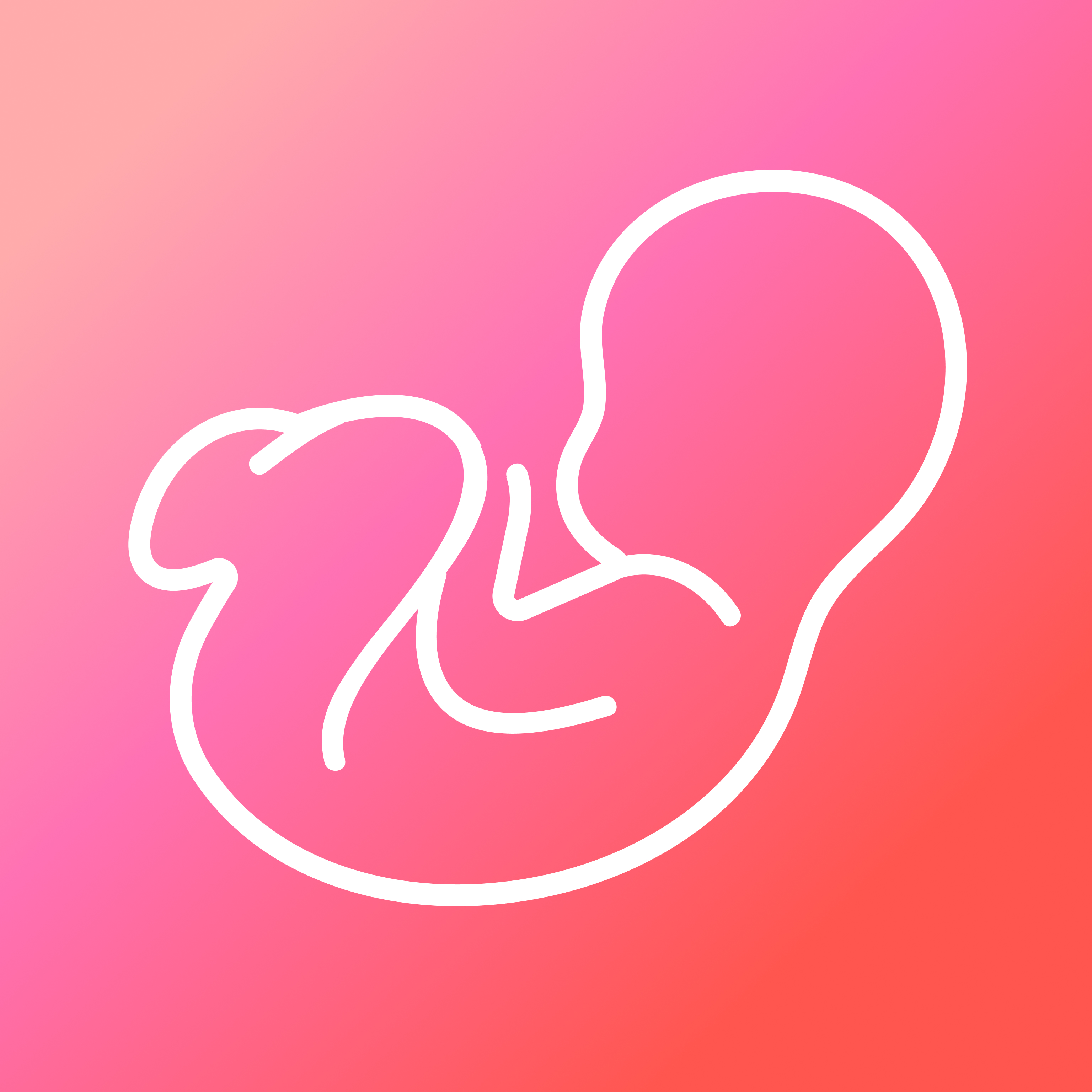What is a Delivery Hemorrhage?
A delivery hemorrhage, also known as postpartum hemorrhage (PPH), is excessive bleeding that occurs after childbirth.
It is a serious and potentially life-threatening complication that requires immediate medical attention.
Let's explore what causes a delivery hemorrhage, its risk factors, signs, and treatment options.
Causes of Delivery Hemorrhage
A delivery hemorrhage can occur due to various factors, including:
Several factors can increase the risk of experiencing a delivery hemorrhage:
Signs of postpartum hemorrhage may include:
Immediate medical attention is crucial if a delivery hemorrhage is suspected. Treatment options may include:
Prevention and Preparedness
While not all cases of delivery hemorrhage can be prevented, certain measures can help reduce the risk:
Seek Medical Attention Immediately
If you experience excessive bleeding or any signs of postpartum hemorrhage, it is essential to seek medical attention immediately.
Delay in treatment can have serious consequences. Contact your healthcare provider or emergency services right away.





Answer
0